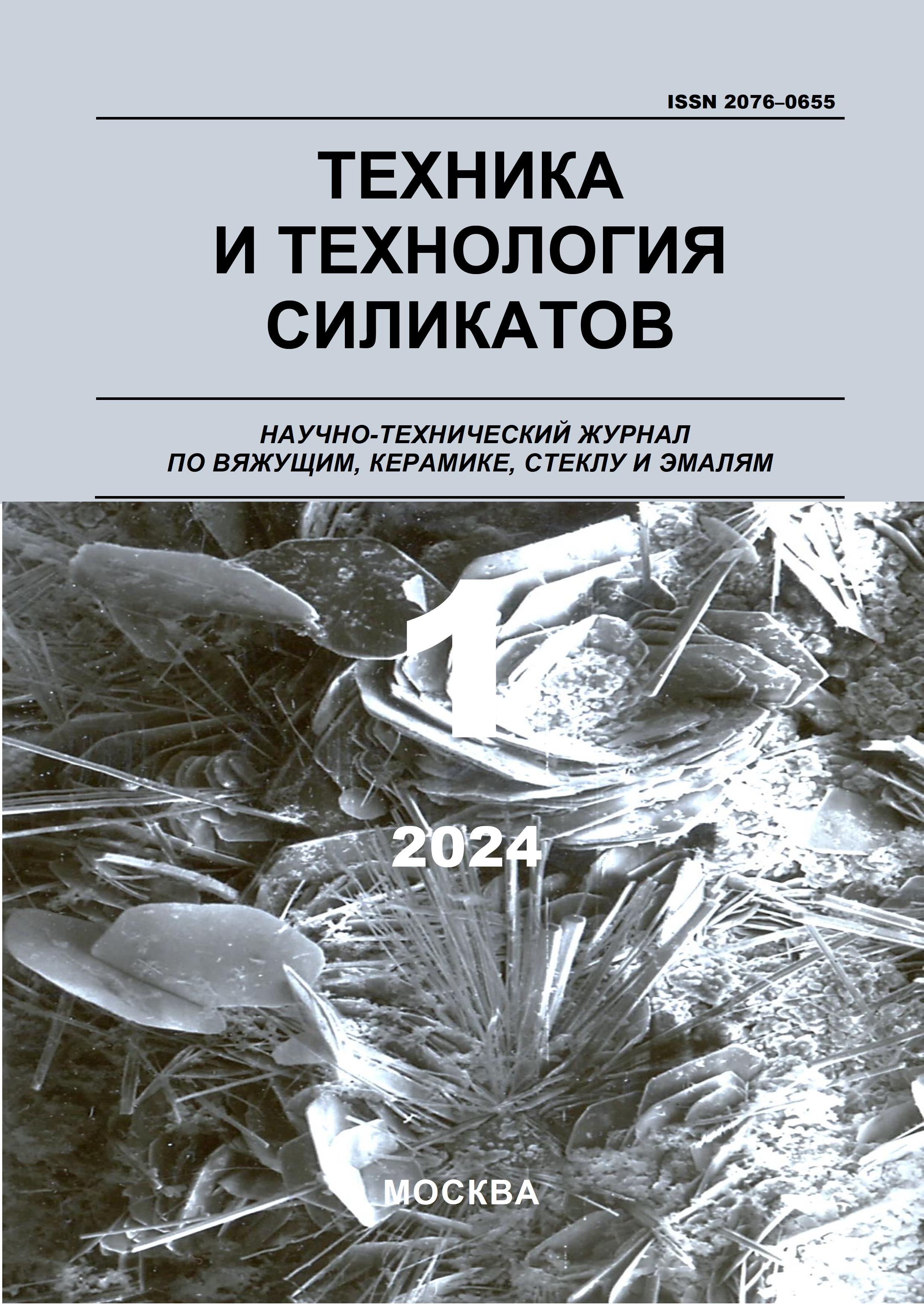employee
Moscow, Moscow, Russian Federation
Russian Federation
UDC 691.32
CSCSTI 67.09
Russian Classification of Professions by Education 08.06.01
Russian Library and Bibliographic Classification 20
Russian Trade and Bibliographic Classification 63
An approach to obtaining self-sealing conductive concrete of normal hardening is presented. The results of a study of the properties of self-sealing concrete of normal hardening based on Portland cement obtained by the joint introduction of carbon black of two grades TU P-803 and TU K-354 with their mass ratio of 4:1 and volume concentration in a mixture equal to 0.25%, as well as carbon fiber with a length of 3mm in an amount of 1% by weight of cement are presented. Con-crete was obtained with a specific electrical resistance equal to 0.25 Ohms * m, which does not increase during the harden-ing process, a strength of 53 MPa at the age of 28 days, frost resistance F200, water resistance W20, tensile strength at bending 8.2 MPa. Resistive heating elements with a capacity of 600 W/m2 or more have been obtained, providing the possi-bility of obtaining coatings with an anti-icing effect. It is shown that drying concrete of the developed composition can in-crease the conductivity by 50%, which is associated with an improvement in the contact between conductive particles caused by their compression during shrinkage, the value of which decreases with an increase in the amount of carbon fiber from 0.25% to 1% by weight of cement. It is noted that with an increase in the applied voltage to the sample, its electrical resis-tivity decreases, the more the carbon fiber content is in the range of 0.25-1% of the cement weight.
Portland cement, carbon black, carbon fiber, conductivity, electrical resistivity
1. Larsen O. A., Bahrah A. M. Izmenenie udel'nogo elek-tricheskogo soprotivleniya tokoprovodyaschego betona v pro-cesse tverdeniya // Stroitel'nye materialy. – 2022. – № 11. – S. 10-14. – DOIhttps://doi.org/10.31659/0585-430X-2022-808-11-10-14.
2. Larsen O. A., Bahrah A. M. Kompozicionnoe vyazhuschee dlya tokoprovodyaschego betona // Tehnika i tehnologiya silikatov. – 2021. – T. 28, № 3. – S. 127-131.
3. Zimnee soderzhanie avtomobil'nyh dorog / G.V. Byalobzhe-skiy, A.K. Dyunin, L.N. Plaksa, L.M. Rudakov, B.V. Utkin; pod red. A.K. Dyunina. – 2-e izd., pererab. i dop. – M.: Trans-port, 1983. – 197 s.
4. Bahrah A. M., Larsen O.A., Samchenko S.V. Vliyanie koli-chestva tokoprovodyaschego komponenta na udel'noe elektri-cheskoe soprotivlenie melkozernistogo elektroprovodnogo betona //Stroitel'nye materialy. – 2023. – № 11. – S. 46–51. DOI: https://doi.org/10.31659/0585-430X-2023-819-11-00-00
5. Samchenko S., Larsen O., Bakhrakh A., Solodov A. Electri-cally conductive cement paste, modified with highly efficient polymer plasticizer. Proceedings of XXI International Multi-disciplinary Scientific GeoConference SGEM 2021. Volume 21 “Green Buildings Technologies and Materials”, Issue 6.1 doi:https://doi.org/10.5593/sgem2021/6.1/s26.45
6. Fedyuk R.S., Kuz'min D.E., Batarshin V.O., i dr. Elektro-provodyaschie betony dlya special'nyh sooruzheniy // Bez-opasnost' stroitel'nogo fonda Rossii. Problemy i reshe-niya. – 2017. – № 1. – S. 51–57.
7. Terehin I.A., Kremlev I.A., Kondrat'ev Yu.V. i dr. Mo-del'noe predstavlenie suhogo betona zhelezobetonnogo fundamenta kontaktnoy seti, kak elektricheskogo provodni-ka // Nauchnye problemy transporta Sibiri i Dal'nego Vostoka. – 2015. – № 3. – S. 88–92.
8. Titova T.S., Sacuk T.P., Terehin I.A., Tarabin I.V. Ocen-ka usloviy elektrobezopasnosti pri primenenii opor kon-taktnoy seti v kachestve estestvennyh zazemliteley // Elek-trotehnika. – 2021. – № 2. – S. 7–11.
9. Agunov A.V., Terehin I.A., Baranov I.A. Analiz prime-neniya elektroprovodyaschih betonov v elektroenergetike // Transportnye sistemy i tehnologii. – 2021. – T. 7. – № 2. – S. 5–15.
10. Pulatov, A.A. Beton elektroprovodnyy plasticheskogo formovaniya na elektrokompozicionnom vyazhuschem. — Moskva: MGSU, 1995. — 150s.
11. Tomarovschenko O. N. Poluchenie i svoystva cementnyh tokoprovodyaschih kompozitov s ispol'zovaniem uglerodnyh materialov i mehanoaktivirovannogo peska. – Belgorod: BGTU im. Shuhova, 2017. - 152 s.
12. Urhanova, L. A., Buyantuev S. L., Urhanova A. A., Lhasara-nov S. A., Ardashova G. R., Fedyuk R. S., Svincov A. P., Ivanov I. A. Mehanicheskie i elektricheskie svoystva betona, modi-ficirovannogo uglerodnymi nanochasticami// Inzhenerno-stroitel'nyy zhurnal. 2019. No8 (92). s. 163–172. DOI:https://doi.org/10.18720/MCE. 92.1
13. Rekomendacii po prigotovleniyu elektroprovodyaschego rastvora: utv. Gosstroy SSSR Ordena Trudovogo Krasnogo Znameni nauchno-issledovatel'skiy institut betona i zhe-lezobetona (NIIZhB) 10.01.1983-Moskva.1983.-9s.
14. Gao D., Sturm M., Mo Y.L., Electrical resistance of carbon-nanofiber concrete // Smart material construction, № 20, pp. 101-112, 2011
15. Larsen O.A., Bahrah A.M. Tokoprovodyaschie cementnye sistemy na osnove tehnicheskogo ugleroda i uglerodnoy fibry // Tehnika i tehnologiya silikatov. – 2024. – T. 31, № 3. – S. 213-224. DOIhttps://doi.org/10.62980/2076-0655-2024-213-225, EDN ccskpt









